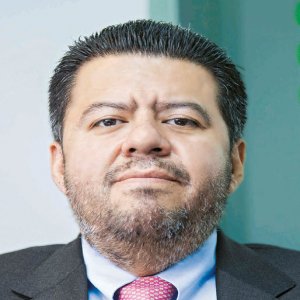Regulator Faces Vulnerabilities, Prepares for Change

STORY INLINE POST
Q: How far along is ASEA in establishing itself and what are its next challenges?
A: The first stage of ASEA is completed. Mexico now has an up and running regulator. The next step involves ensuring that this remains in the long run, because today this agency has three vulnerabilities. The first has to do with the nature of our institutional framework. As opposed to CRE and CNH, we do not have an internal corporate governance where decisions are taken between different individuals and analysts and discussed in boards of directors. Also, the agency does not have a long-term appointment for commissioners or board of directors, meaning that the director of the agency can be removed any time with no questions asked. Since the current head of the agency is making decisions under the current institutional framework, that is a vulnerability in terms of continuity of regulatory policy. We need to work on that and make sure we take steps to become more similar to CRE and CNH.
Q: What is your assessment of the risk of a new government using ASEA to block deepwater investment?
A: This is a scenario we need to ensure cannot happen. The way to do this, backed by OECD publications, is by guaranteeing the regulator’s independence and minimizing the potential for the industry to be taken over by politics. I think it can be done and I am totally convinced that we will make an intelligent proposal to achieve it under the leadership of the Ministry of the Environment.
When Congress designed the agency there was sufficient time for the initial model to be put into operation and assessed. With that stage now completed, there is adequate evidence to take the next step. We believe this is the same natural progression that CNH and CRE went through when they reached similar stages. We think Congress is aware of this and is also probably receptive to our proposals.
Q: Besides gaining independence similar to CRE and CNH, what are ASEA’s priorities?
A: Our second priority has to do with the rules under which we operate. We were formed two years ago but without clear and efficient operating guidelines. Instead we were born with different laws and rules that define how the environmental authorities in Mexico handle environmental impact and risk assessment and how they deal with waste, for example. These were created in the 1990s but we need to look to the future. This industry and all of its regulatory framework is future-based. We must integrate not only environmental protections but also safety management. We need to acknowledge that risk must be assessed differently for different projects. We need to produce one single optimized ruling that defines how this institution will perform its mandate. This will involve compiling the 11 existing rules from the 1990s into one single set. We will gain tremendous efficiency and transparency in doing that.
Our third priority is to make sure that this agency is more and more financially sustainable. That was one of the recommendations from the OECD for all three regulators. Namely, the need to have sufficient forward financial planning capacity to support strategies for the next three to five years. We must build the trust that enables us to collect the resources for the services we provide in a fair way that represents their current value.
We are already up and running and dealing with operators every day. Of course, there will always be more work coming to our desks. But this will be covered given our new systems and digitizalized platforms. We recently launched our “Electronic Clerk Office” (Oficialía de Partes Electrónica). The first step for a regulated entity is to register with the authority. Operators can now do this digitally from their computers. ASEA is ready to cope with the new demands from operators coming into the market.
























